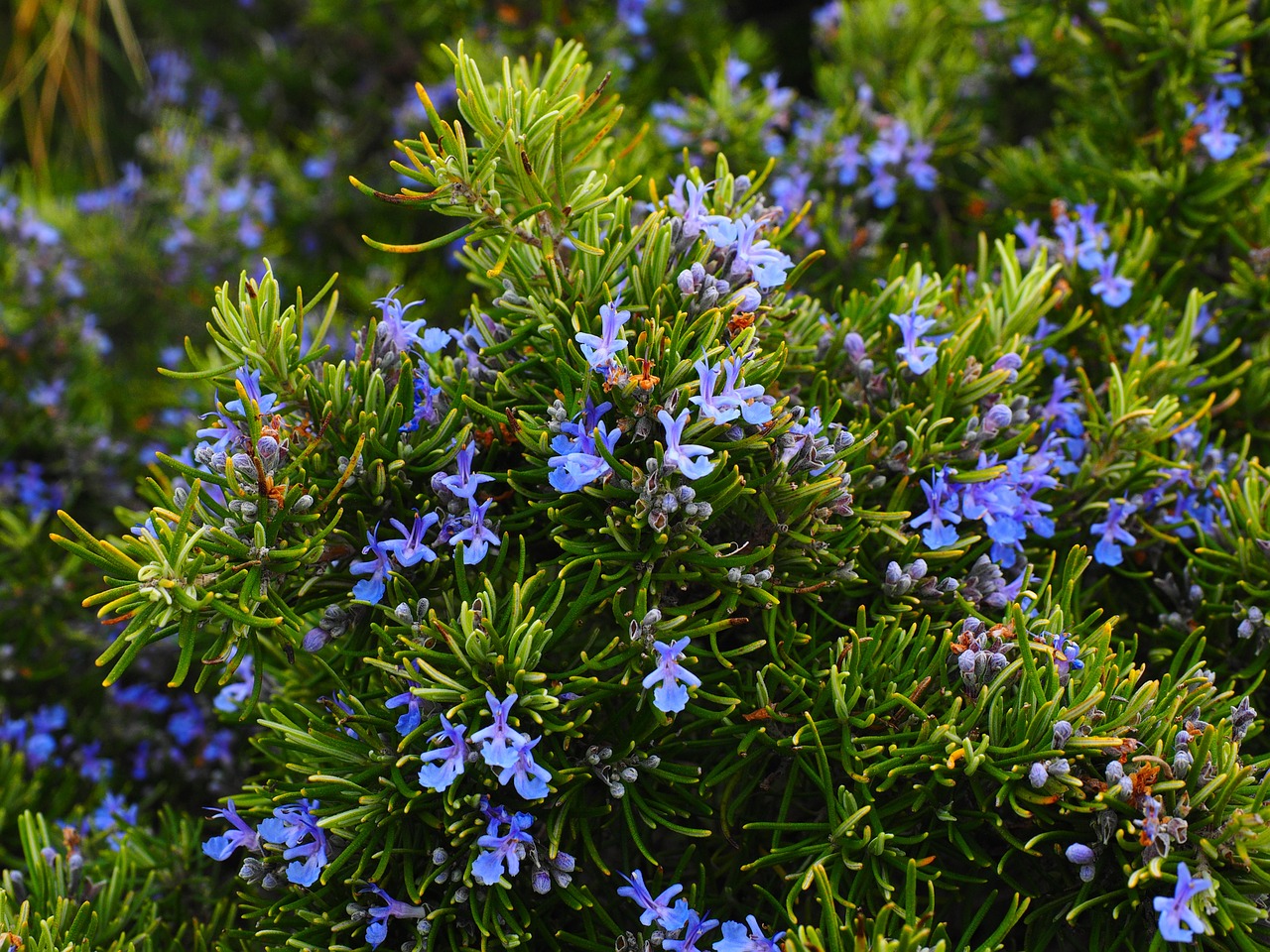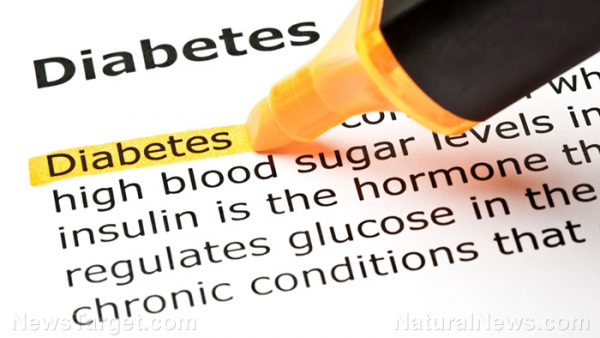06/21/2018 / By Russel Davis
A mother’s dietary habits and chemical exposure may greatly affect the quality of her breast milk and pose a threat to her baby, according to a study published in the Journal of International Scientific Publication. A team of researchers at the Babes-Bolyai University in Romania examined breast milk samples from 169 nursing mothers from urban and rural locations of northwestern Transylvania as part of the study.
The research team obtained data on the participants’ dietary habits. Likewise, the scientists used the headspace-solid phase microextraction (HS-SPME) technique to detect the presence of organochlorine pesticides and both mono- and polycyclic aromatic hydrocarbons in breast milk samples. The experts also used the Ni electron capture detection technique to determine the levels of organochlorine pesticides in the samples.
The findings revealed that mothers living in rural areas had a much-loaded diet coming from meat, dairy products, and egg compared with those in urban areas. As a result, the breast milk quality in rural mothers contained more fats than urban mothers. However, the research team found that the quantitative abundance of organochlorine contaminants in breast milk samples was 80 percent in rural mothers, compared with a measly 20 percent in urban mothers. The results also showed that the quantitative abundance in mono and polycyclic aromatic hydrocarbons was 67 percent in rural mothers and only 33 percent in urban mothers.
“Correlation between detected pollutants amount from breast milk and mothers’ characteristics were done also showing that mothers age and their milk lipid content posing positive effects on pollutants accumulation, excepting cases of monocyclic aromatic hydrocarbon pollutants cases. Estimated daily intake value of monitored pollutants in case of infants exposure was also evaluated, showing that in case of a large number of organochlorine pesticides these values exceed the acceptable daily intake established through legislations,” the researchers said.
The scientists noted that the study, which was a first of its kind to measure pesticide exposure and its subsequent effects on both the mother and the infant, highlights the importance of adequate knowledge of pollutants and its ill effects on a person’s health.
Study: pollutants can be transmitted from mother to child
The recent findings were reflective of a 2015 study, which demonstrated that maternal exposure to toxic chemicals might be passed to the offspring. Researchers at the Harvard T.H. Chan School of Public Health examined 81 pairs of mother and offspring as part of the study. Data from a series of blood analyses showed that children who were exclusively breastfed showed a 20 to 30 percent increase in the levels of perfluorinated alkylate substances (PFAS) for each month they were breastfed. in contrast, children who were partially breastfed did not show a similar increase.
“We knew that small amounts of PFAS can occur in breast milk, but our serial blood analyses now show a buildup in the infants, the longer they are breastfed. There is no reason to discourage breastfeeding, but we are concerned that these pollutants are transferred to the next generation at a very vulnerable age. Unfortunately, the current U.S. legislation does not require any testing of chemical substances like PFASs for their transfer to babies and any related adverse effects,” said researcher Philippe Grandjean.
The study was funded by the National Institute of Environmental Health Sciences, the U.S. Environmental Protection Agency (EPA), the Danish Council for Strategic Research and the Danish Environmental Protection Agency. The results were published in the journal Environmental Science & Technology.
Visit Science.news for more information about the effects of diet and environmental contaminants on the body’s overall health.
Sources include:
Science.news
Scientific-Publications.net
HSPH.Harvard.edu





















